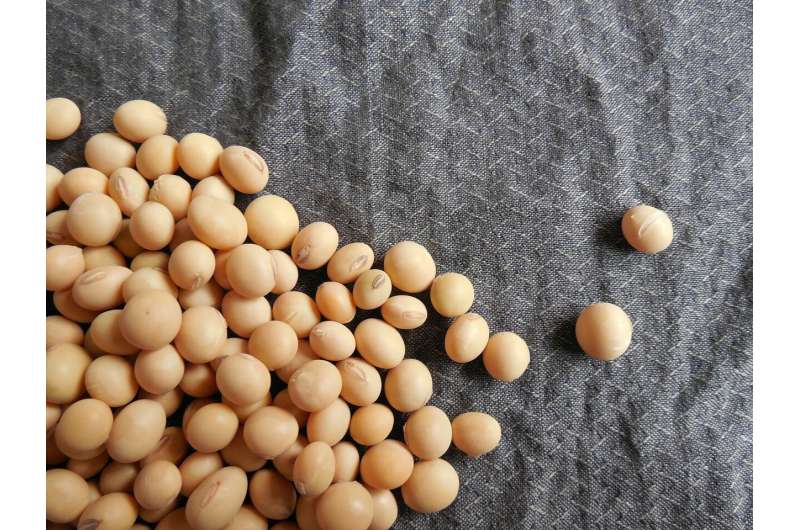Farming soybeans after soybeans, a rarity in Iowa, gets a closer look

In most of Iowa's fields, three out of every four acres, farmers rotate annually between planting corn and soybeans. Barely any fields see soybeans year after year, a practice discouraged by expert advice and practical experience.
It's agronomy 101, said Sotirios Archontoulis, an agronomy professor at Iowa State University. Alternating between a cereal such as corn and a legume such as soybeans produces more bountiful yields and helps keep soil healthy. Repeatedly planting the same crop in the same land is like going to a restaurant and ordering steak with a side of steak, he said.
But farmers rely on markets, and sometimes repeated plantings make financial sense. Much of the farmland in Iowa that isn't in a corn-soybean rotation is continuous corn, typically for economic reasons. And soybean-on-soybean systems are common in some places outside the U.S., such as Argentina.
Though continuously planting soybeans is currently rare in Iowa, it's easy to imagine more interest developing soon, Archontoulis said. Demand for soybean oil is expected to surge in the coming years to ramp up production of renewable diesel, and the lower input costs for soybeans are appealing when fertilizer prices spike, as they did in 2021. But there's almost no U.S. research into continuous soybeans, he said.
A project led by Archontoulis is helping change that, running field trials and model simulations to provide data for farmers curious about soybean-on-soybean or continuous soybeans with a winter cover crop of cereal rye.
"It's not like these systems are going to take over the corn belt. But it's good for farmers to have more options. Our goal is to determine if this can be profitable and what the consequences are for the environment," he said.
The project launched in 2023. At two ISU research farms—a site near Sutherland in northwest Iowa and another between Ames and Boone—teams are experimenting with methods for planting and managing continuous soybeans. Variations include soybean-on-soybean planted at different row widths, continuous soybeans with rye cover crop and soybean-rye-soybean treated with manure, along with control plots of corn-soybean and corn-corn.
Weekly drone flights check for crop stress, ground probes bored 8 feet deep measure water tables, sensors monitor soil health and researchers track the prevalence of soybean cyst nematodes. Simulations leverage the data to model expected results over 30 years.
In the first year, the continuous plots were just as productive as rotated control plots. But over time, prior research suggests a yield penalty likely will emerge, Archontoulis said. The size of the penalty is the big question.
"Most farmers want to start the discussion by asking about yield. If it's a 1% reduction, that's a discussion that can continue. If it's 25%, that's the end of it," he said.
The project is funded for three years and intends to provide ISU Extension and Outreach field agents with decision-making information to share with farmers. Given the dearth of existing data and the long-term nature of the questions, Archontoulis said he hopes the trials will run well past three years. A progress is available.
"We would like continuous soybeans to be a continuous research project. That's our vision, to go for many years and to set the foundation," he said.
More information: Project progress report:
Provided by Iowa State University





















